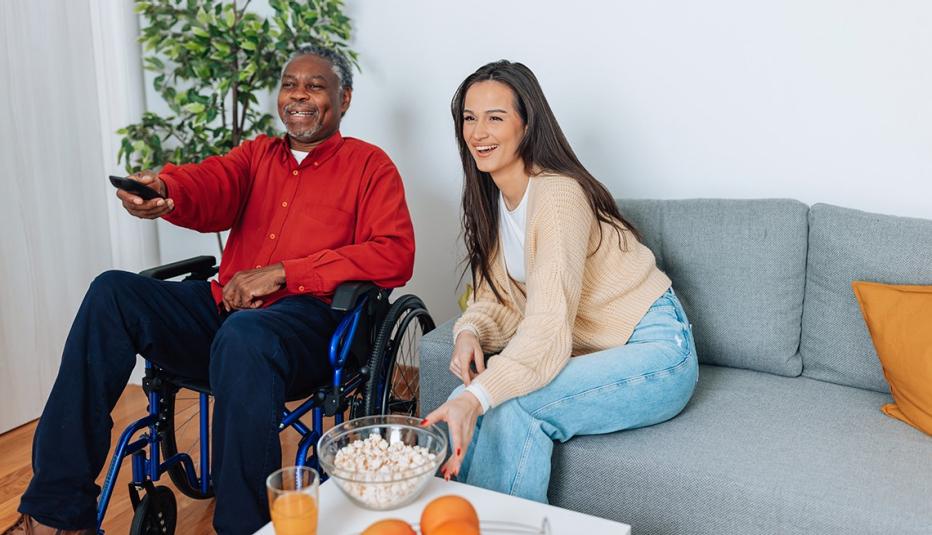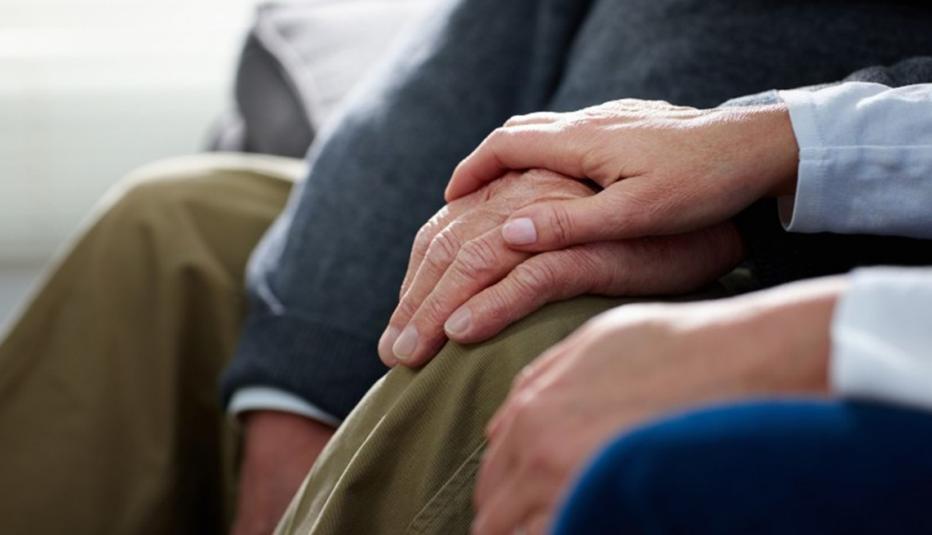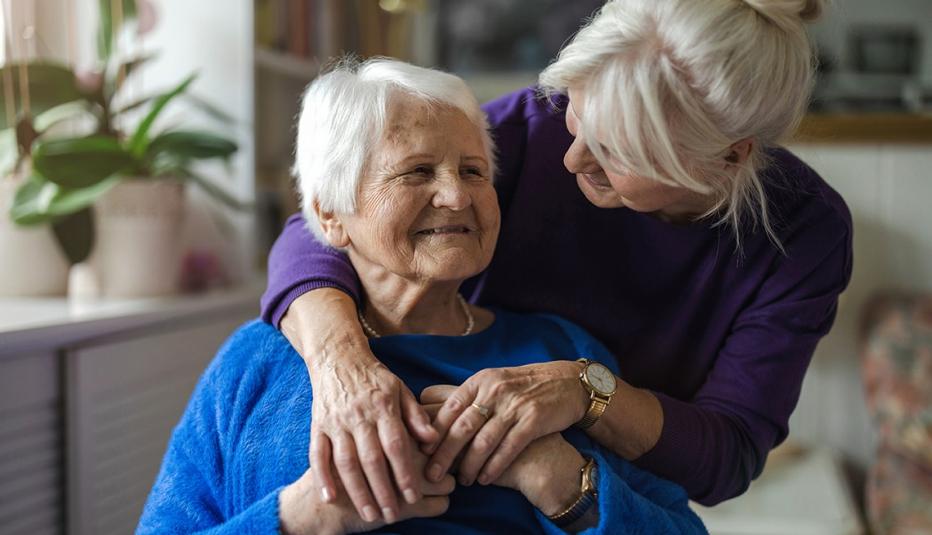AARP Hearing Center


Updated Report Available: AARP and the National Alliance for Caregiving (NAC) have released an updated edition of this report. Explore Caregiving in the US 2025 for the most current insights and data on family caregivers nationwide.
First conducted in 1997 by the National Alliance for Caregiving and AARP, Caregiving in the U.S. 2020 update presents a portrait of unpaid family caregivers.
Family and friends comprise the most basic unit of any society. For individuals who take on the responsibility of caring for another person through sickness or disability, it can often be challenging to see beyond the individual experience.
As individuals, families, and communities continue to confront the novel coronavirus (COVID-19), we are reminded how much we need our family and close friends to keep going. As the U.S. continues to address this unprecedented situation, the need to recognize and support family caregivers as the cornerstone of society will only become more important.
Today, more than one in five Americans (21.3 percent) are caregivers, having provided care to an adult or child with special needs at some time in the past 12 months. This totals an estimated 53.0 million adults in the United States, up from the estimated 43.5 million caregivers in 2015.
The report highlights the nearly 48 million caregivers caring for someone over the age of 18. Key findings include:
- Nearly one in five (19%) are providing unpaid care to an adult with health or functional needs.
- More Americans (24%) are caring for more than one person up from 18% in 2015.
- More family caregivers (26%) have difficulty coordinating care up from 19% in 2015.
- More Americans (26%) are caring for someone with Alzheimer’s disease or dementia up from 22% in 2015.
- More Americans (23%) say caregiving has made their own health worse up from 17% in 2015.
- Family caregiving spans across all generations, including Boomers, Gen-X, Gen-Z, Millennials, and Silent.
- 61% of family caregivers are also working.
This study highlights the varied experiences and situations of caregivers in the United States and points to the impacts many caregivers face as a result of their stepping up to help family and friends.
Caregiving in the U.S. Profiles
- The "Typical" African American Caregiver (PDF)
- The "Typical" Asian Caregiver (PDF)
- The "Typical" Hispanic Caregiver (PDF)
- The "Typical" LGBTQ Caregiver (PDF)
- The "Typical" Gen X Caregiver (PDF)
- The "Typical" Millennial Caregiver (PDF)
- The "Typical" Student Caregiver (PDF)
- The "Typical" High Intensity Caregiver (PDF)
- The "Typical" No Choice Caregiver (PDF)
- The "Typical" Feeling Alone Caregiver (PDF)
- The "Typical" Caregiver of a Care Recipient Living in a Rural Area (PDF)
Virtual Release
AARP and the National Alliance for Caregiving hosted a virtual release of Caregiving in the U.S. 2020 on June 2, 2020 at 3:00 ET. Leading caregiving experts and advocates presented study findings, and how they inspire an opportunity for the public and private sectors to work together to develop solutions to support family caregivers and those under their care.



































































